Burning Teslas in LA add toxic barriers to wildfire cleanup
Efforts to recover from the devastating Los Angeles wildfires are complicated by lithium battery hazards.
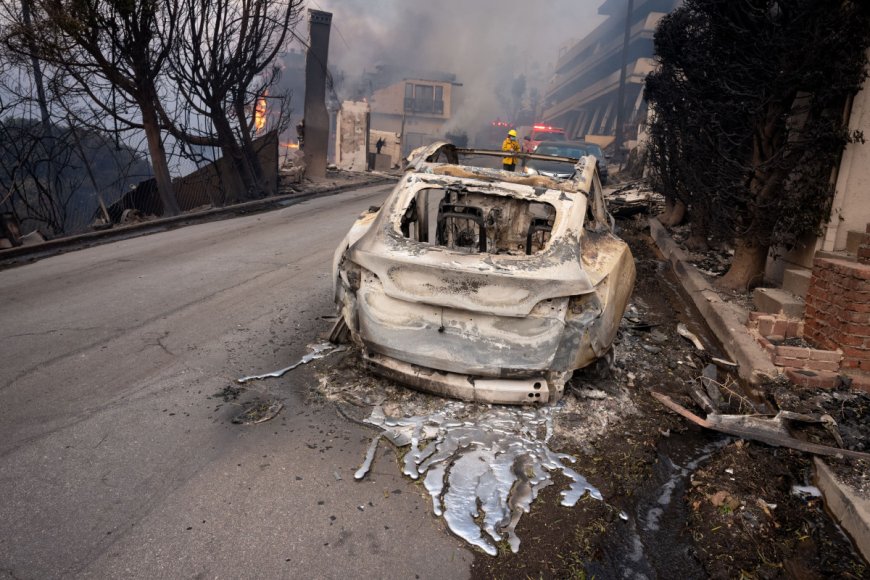
The devastating wildfires that swept through Los Angeles beginning Jan. 7 have left a trail of destruction, with at least 27 lives lost and thousands of homes destroyed. While the immediate threat of flames has begun to die down, the aftermath presents a new set of challenges. Among the most pressing are the toxic remnants left behind by burned electric vehicles (EVs) and home-battery storage systems, Bloomberg reported.
“A lot of the cars in the evacuation area were lithium batteries,” said Jacqui Irwin, a California state assembly member. Pacific Palisades, the neighborhood that Irwin represents, was hit especially hard by the fires. Firefighters have expressed concerns about the prolonged and intense fires caused by these batteries, particularly near homes equipped with systems like Tesla Powerwalls.
These challenges are delaying the safe return of residents to affected areas. Toxic debris must be carefully identified, removed, and managed before cleanup crews can address more conventional hazards, such as damaged utilities and structural instability.
Related: Leaked letter reveals Jaguar designers' doubts about controversial rebranding
Lithium batteries: A growing hazard
Los Angeles has embraced electric vehicles more enthusiastically than most parts of the United States. As of October 2024, the region was home to over 431,000 Teslas, a market share triple that of the national average, according to data from S&P Global Mobility. The Tesla Model Y, in particular, has dominated the state’s vehicle sales, cementing California’s position as a leader in EV adoption.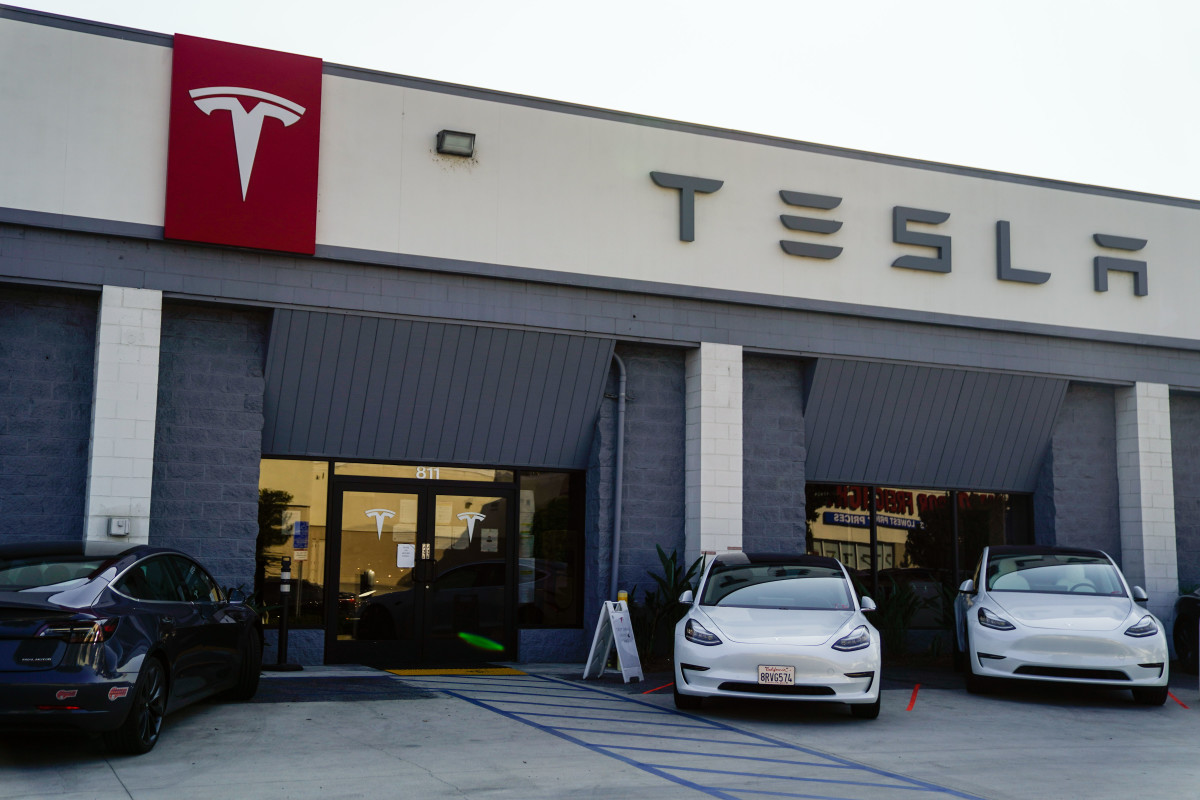
But with this leadership comes unique risks. Fires in lithium-ion batteries are notoriously difficult to extinguish. Unlike conventional car fires, which can often be suppressed quickly, EV battery fires may reignite repeatedly and require immense amounts of water to fully extinguish. First responders are now equipped with guides from automakers on handling such incidents, but the scale of the problem during an urban wildfire presents a challenge of unprecedented magnitude.
Lessons from Maui fires
San Diego firefighter Robert Rezende, an expert in lithium-battery hazards, is among those assisting in the cleanup effort. “The state has seen other fires, but nothing this urban, with so many neighborhoods and structures where you’d expect to see more electric vehicles and other energy storage systems,” Rezende said. “We’re anticipating a pretty big lift.”
Protocols developed during the 2023 Maui fires, which saw over 30 tons of lithium batteries removed from 1,400 properties for recycling, are being adapted for Los Angeles. However, the scale and density of the affected areas make the effort far more complex.
Related: EV sales soar to record heights in 2024: What’s behind the gains?
Health and environmental risks persist
The danger of lithium battery fires is just one piece of a toxic puzzle. Wildfires in urban areas create a cascade of environmental and health hazards. Burned homes and businesses release a mix of hazardous substances, including asbestos from insulation, lead and mercury from electronics, and harmful chemicals from paint, cleaning products, and compressed gas cylinders.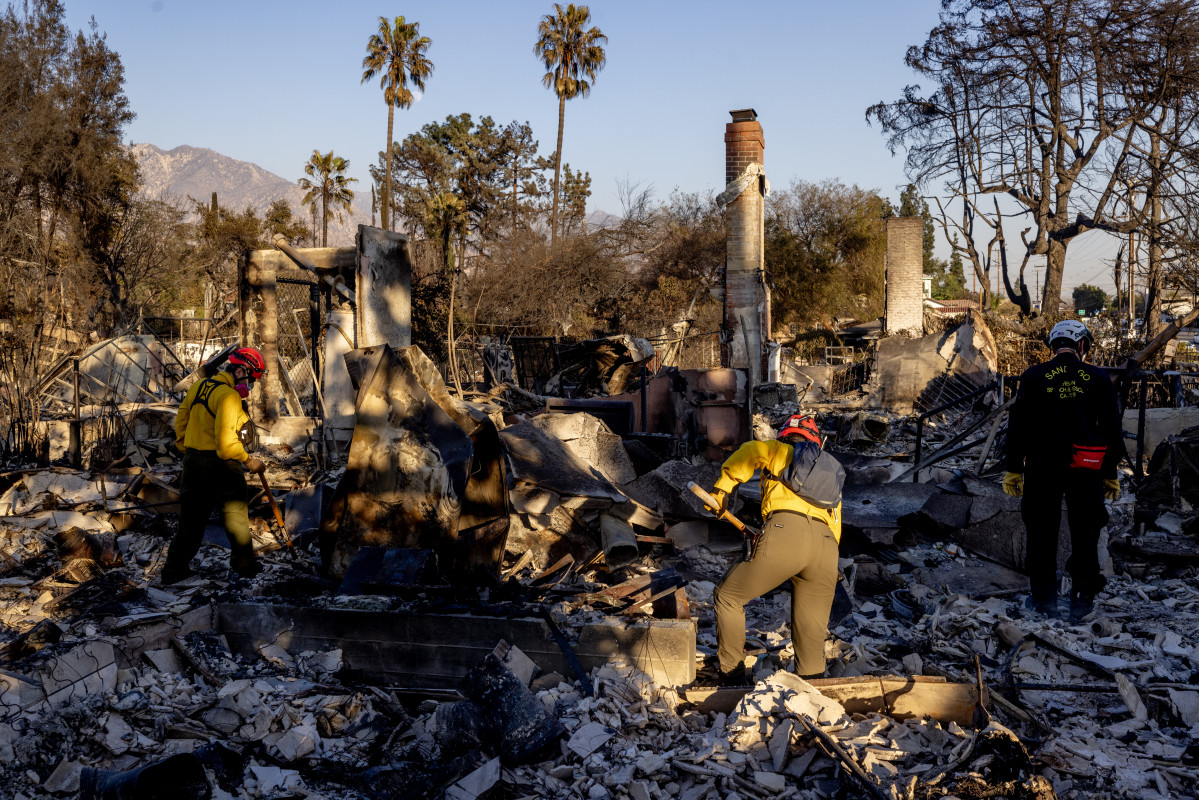
The Los Angeles County Department of Public Health has issued strict guidelines for handling fire debris, warning that improper removal could have dire consequences for human health and the environment. Residents are prohibited from attempting cleanup without inspections and oversight by agencies like the Environmental Protection Agency (EPA) and California’s Department of Toxic Substances Control.
The complicated path to recovery
The Palisades fire wreaked significant havoc on the nearby city of Malibu. In an interview, Mayor Doug Stewart said that the state has taken charge of debris removal efforts, praising its effective management of the cleanup after the 2018 Woolsey fire, but the process of building back is a long one. 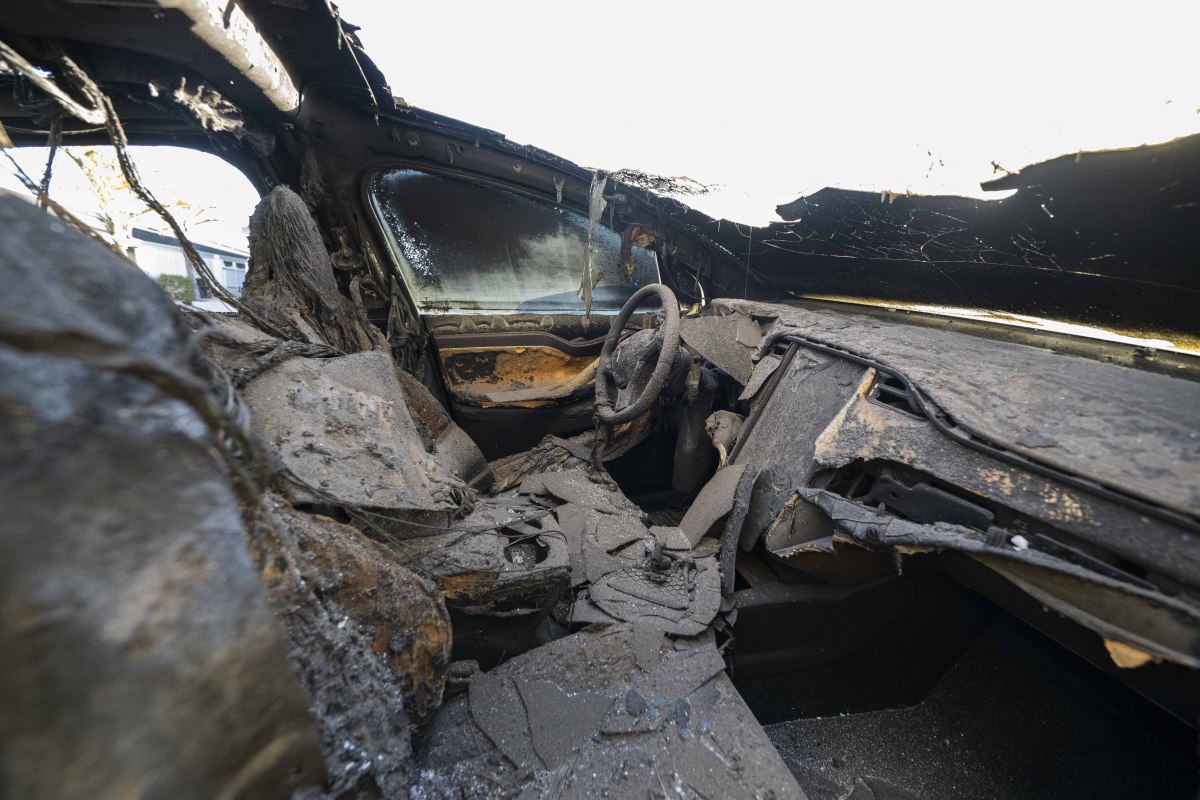
Six years after the Woolsey fire, just half of the 363 single-family homes approved for rebuilding have been completed. That earlier disaster destroyed 1,600 structures, but the Palisades fire has caused more than double the destruction, leaving the community facing an even more daunting recovery. According to Malibu’s official website, building inspectors have completed about 35% of rapid visual assessments on damaged properties.
Looking across Los Angeles, insurance loss estimates from the fires have surged to as much as $40 billion. BlackRock Inc. CEO Larry Fink cautioned that it might take a decade to fully rebuild the affected areas. The Federal Emergency Management Agency (FEMA) has committed $100 million toward the cleanup effort, marking the beginning of what will likely be a long and costly recovery process.
Related: Is the Ford Mustang GTD Spirit of America the most extreme Mustang ever?
A balancing act for policymakers
The Los Angeles wildfires highlight a pressing need for policymakers to strike a balance between embracing sustainable technologies and addressing their potential risks. California has led the charge toward zero-emission vehicles, with an executive order mandating that all new vehicles sold in the state be zero-emission by 2035. However, the fire has exposed the vulnerabilities of these technologies during natural disasters.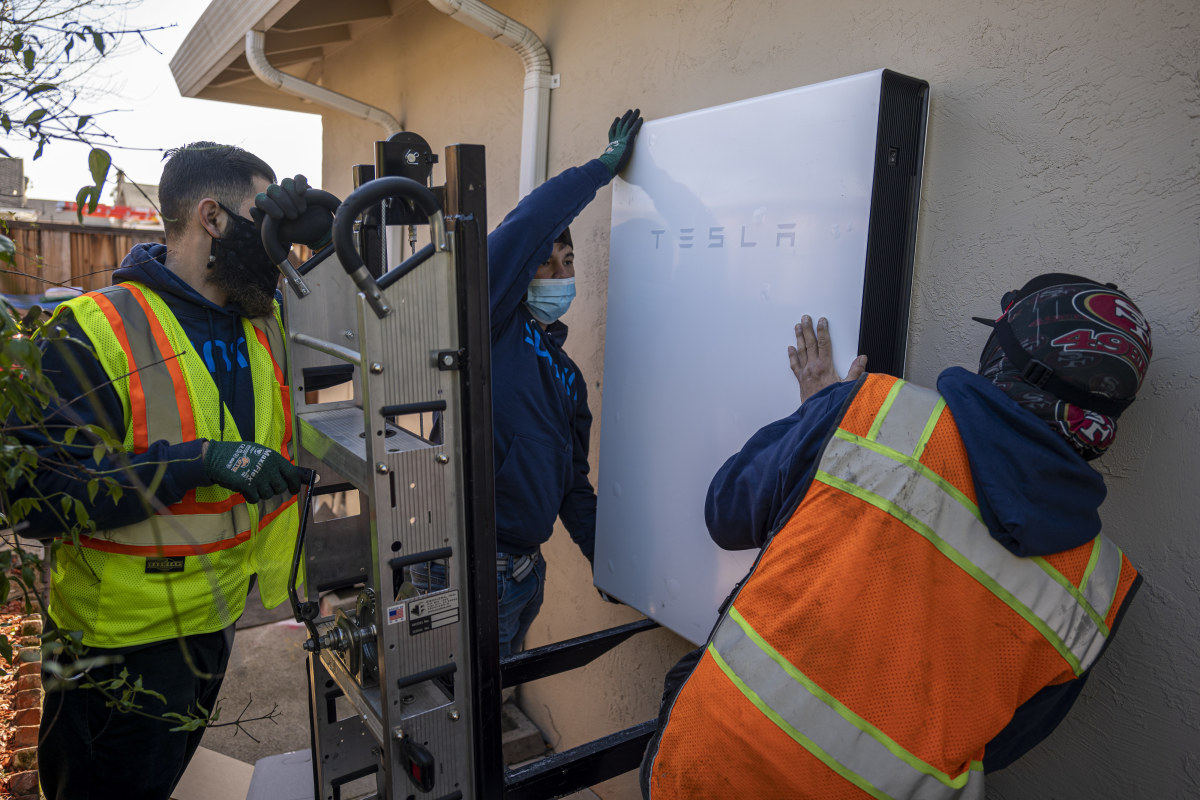
Governor Newsom acknowledged these challenges, noting that the state is “still adapting to newer technologies” and the distinct risks they pose. This includes not only lithium-ion batteries but also energy storage systems, which are becoming increasingly common in homes and businesses.
Related: Ford’s 2024 results shine, but is trouble lurking beneath?
Final thoughts
The Los Angeles wildfires serve as a stark reminder of the challenges that come with an increasingly electrified automotive market. While electric vehicles and renewable energy systems are essential for combating climate change, their role in disasters can’t be ignored.
The road to recovery will be long and arduous for fire-stricken communities like Los Angeles and Malibu. Policymakers, first responders, and residents must work together to address the immediate hazards while laying the groundwork for a safer and more sustainable future. As California continues to lead the way in clean energy and emissions reduction, it must also prepare for the unintended consequences of those innovations.
Related: Nearly half of young Americans don't want to own a car











































